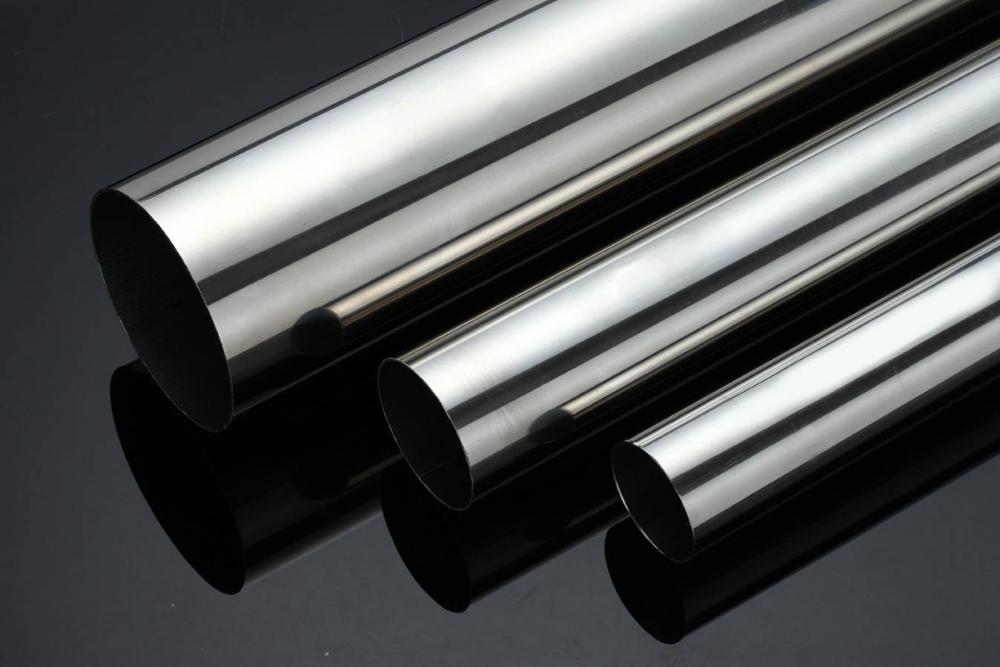

Developed by the American Testing and Materials Agency (ASTM), the ASTM E45 standard covers a number of test methods to detect the non-metallic inclusion content of processed steel. The full name of the standard is as follows: ASTM E45 Standard test methods for determining the inclusion content of steel.

Among the macroscopic methods offered by this standard are various tests. Among the microscopic methods, there are five generally accepted examination systems. In these microscopic methods, inclusions are assigned to a category based on their morphological similarities, not necessarily their chemical identity. Within the scope of the standard, metallographic methods that provide simple differentiation between morphologically similar inclusions are explained. The methods are mainly directed to degrees of inclusion.
Depending on the type and properties of the steel, a macroscopic or microscopic method or combinations of the two methods are used to determine the inclusion content.
In the steel industry, it is not possible to produce steel without inclusions. Therefore, efforts to obtain clean steel have focused on reducing inclusions or making them harmless by modifying them. The non-metallic residual oxide, sulfur and nitride compounds that appear during steel production are called inclusions. These cause many problems during casting, surface defects, deterioration of mechanical properties in the end product, and cracking, breakage and tear during use, depending on the type, quantity and dimensions. Inclusions in the steel content show different effects depending on the usage area of the steel. As a result of technological developments, the need for clean steel production without inclusions is increasing. Although it is not possible to produce steel without inclusions completely, understanding the types, quantities and sizes is important in terms of determining the steps to be taken. Clean steel production studies at least it aims to make inclusions harmless. The realization of this depends on the provision of thermodynamic and kinetic conditions during steel production activities.
Among the services provided by our organization within the framework of metallic testing services are ASTM E45 standard tests.
To get an appointment, to get more detailed information or to request an evaluation, you can ask us to fill in our form and reach you.